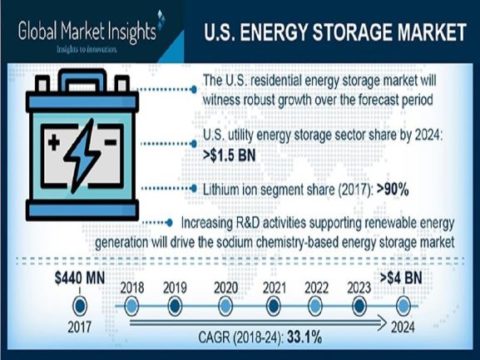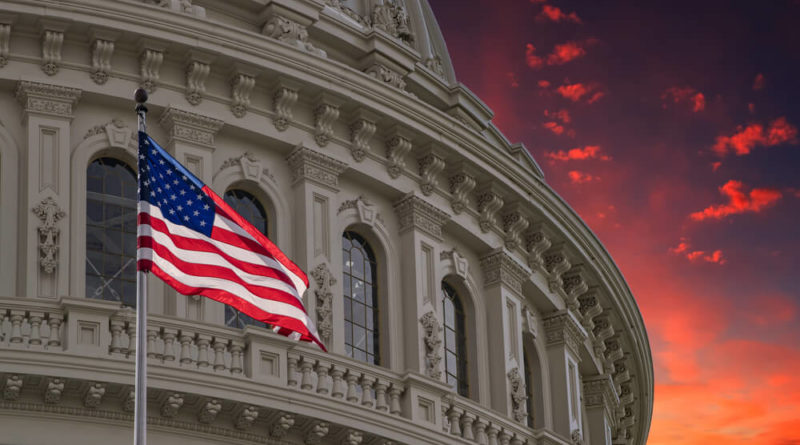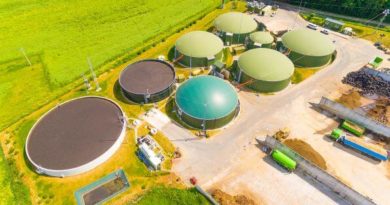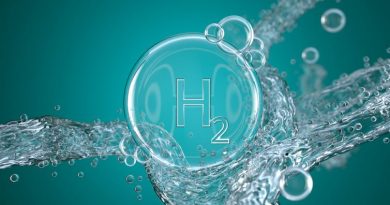Next RE Leader in US: 100% Renewable Energy Plan for Illinois Tabled

Illinois may be the next state in the US to commit to a future 100% green energy mix. So far California, New York and many other cities like Berkeley have made their presence felt at the world’s green table after the incumbent administration took a sudden u-turn at the climate change dialogue. Illinois State Representative Will Davis has introduced a bill called “Path to 100 Act”, legislation that would expand Illinois’ renewable portfolio standard (RPS). It will drive new solar, wind and storage development and eliminating all non-renewable forms of energy within the next few decades.
Representative Davis said: “For the sake of our economy and our future, we need to get on the path to 100% clean, renewable electricity and we can start today. The Path to 100 Act will achieve one of Governor (J.B.) Pritzker’s campaign goals while putting thousands of people to work, generating new investment in our state and new tax revenues for local communities.”
“Path to 100 Act” includes a measure to drive procurement of 6GW of new utility-scale solar PV power, 6.5GW of new wind power and 7.5GW of new residential, commercial and community-scale solar.
Other objectives include expanding Illinois’ Renewable Portfolio Standard (RPS) from its current requirement of 25% of renewable energy by 2025 to 40% renewables by 2030.
“The renewable energy industry is ready to invest billions of dollars in our state and deliver the clean, homegrown energy our citizens want. I intend for this Act to benefit our state equitably and spread the economic development dollars to Illinois communities throughout the state and especially those that are most in need of jobs and economic growth. I look forward to working with environmental justice, community and labor leaders to make sure the benefits of clean energy growth reach across Illinois.” Representative Davis adds.
The Path to 100 Act is building on the efforts of the Future Energy Jobs Act (FEJA) to spur renewable energy deployment across the state, a plan which went into effect on June 1st, 2017 to expand clean energy programs, thereby creating jobs and reducing consumer costs. FEJA mandated that Illinois should produce 16 percent of its energy from renewable sources by 2020, but it’s projected to fall far short of that goal. Currently, Illinois is coming up short of its renewable mandate – generating less than 7% of its power from renewables.









